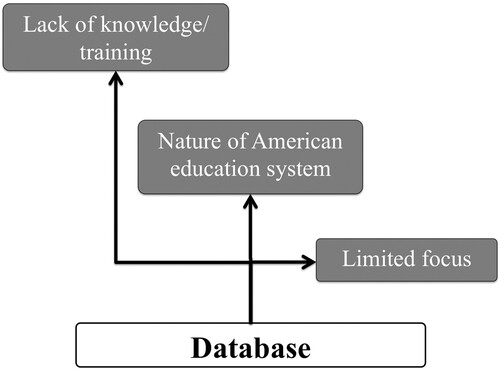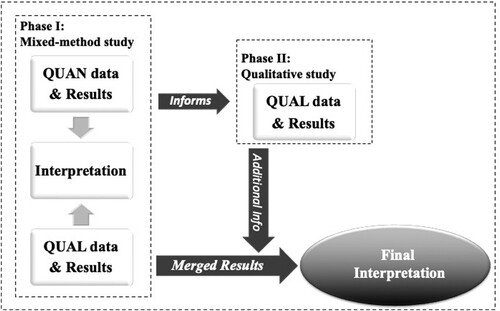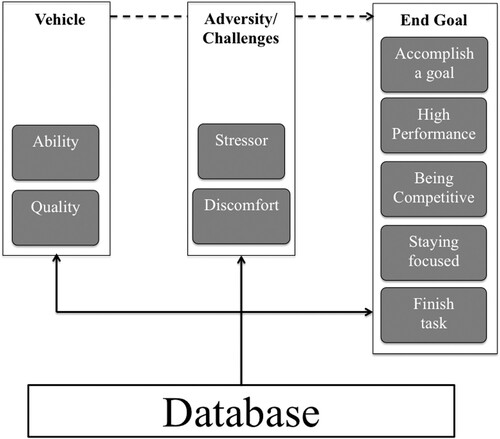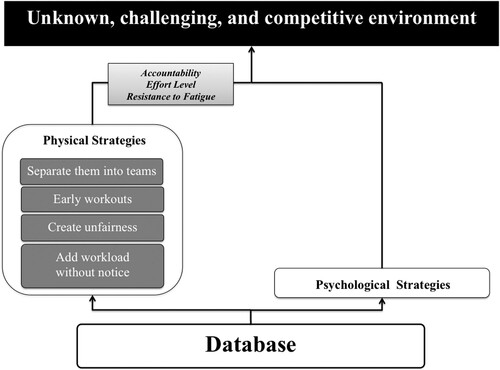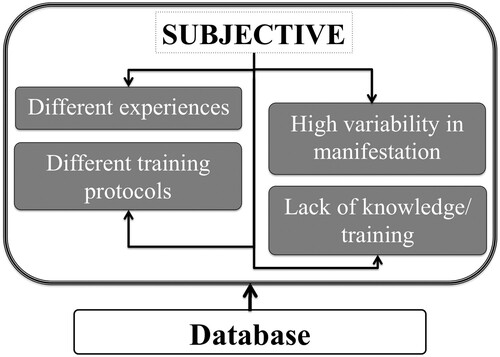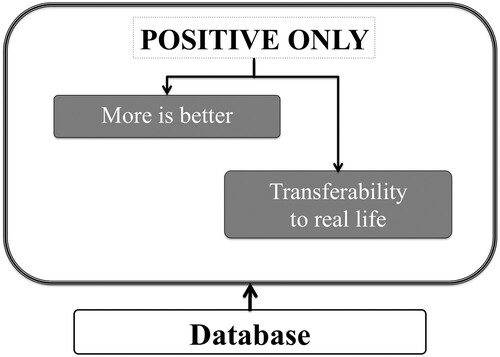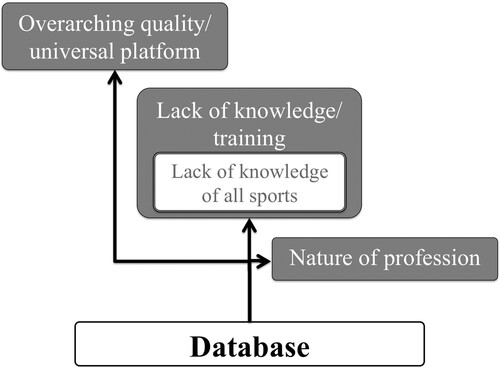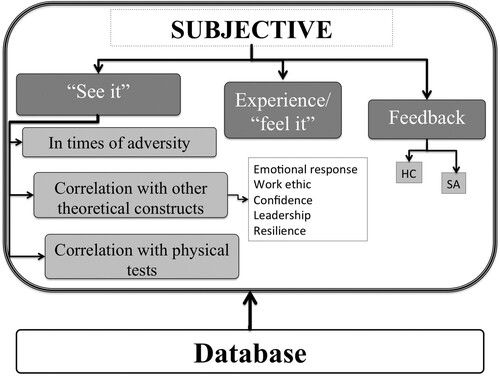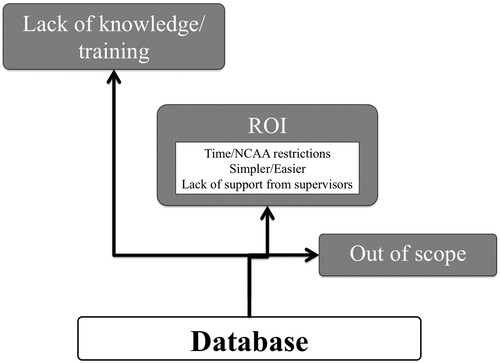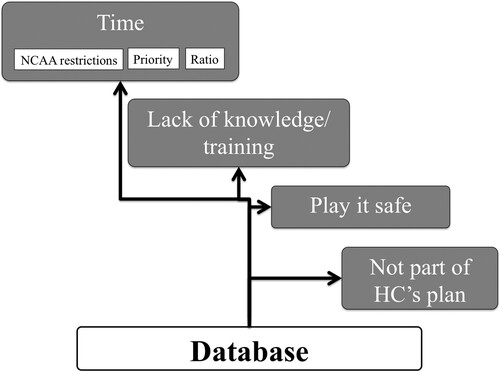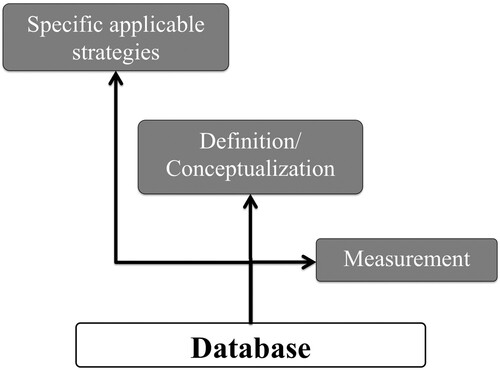Figures & data
Table 2. The research/emergent questions per research category per phase.
Table 4. The STAM II items per research question per research category and their corresponding reliability estimates.
Figure 3. Layers of analysis for characteristics of student-athletes who lack mental toughness (n = 56).
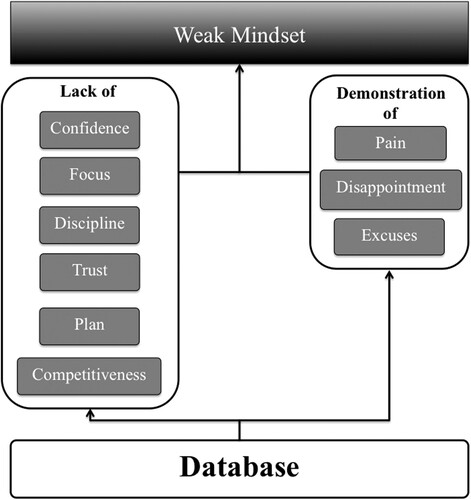
Figure 9. Layers of analysis for reasons for perceived ability to develop MT in student-athletes (n = 28).
